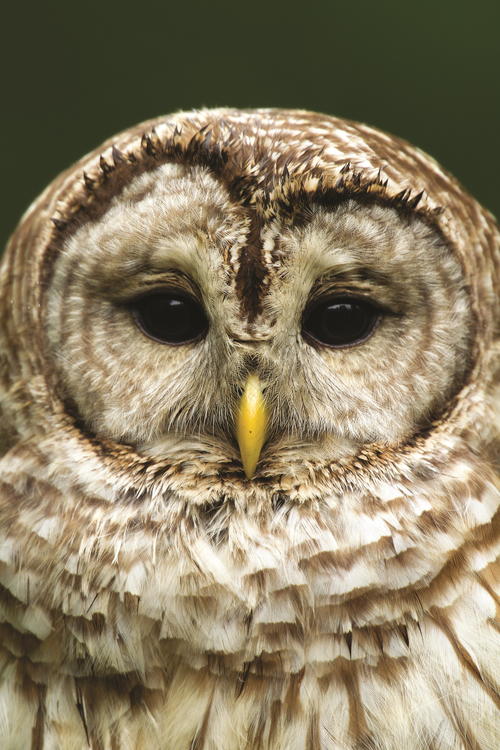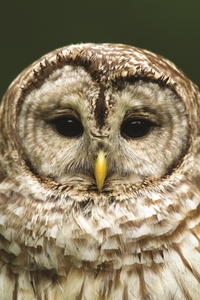An Owl Trio
These birds are not as smart as they look.

Quick, name a bird that is both wise and an omen of death. Easy, right? No one chooses the ostrich or sea gull or chickadee. Everyone knows that the realms of wisdom and death belong to the owls.
Humans probably told their first owl tales sitting around campfires in the predawn days of history. It is easy to see why—with two intense, forward-facing eyes separated by the top of a protuberance in a rounded face, all perched atop a slightly hunched back, owls look a little like us. It is easy to imagine the visage of an aged man or woman in an owl. The birds don’t even sing like normal birds. Instead they hoot out a language with an almost human cadence. And, most mysterious of all, owls thrive at night while we shelter in our homes to shut out our fears of the dark. When daylight comes, the owls seem to disappear.
Today, of course, we know that owls are neither harbingers of doom nor mysterious messengers of ancient wisdom. They are hunters that have evolved to become the top avian predator of the night, supremely adapted to stalk their prey in quiet, low-light conditions, while their cryptic camouflage lets them rest undisturbed during the day.
Because they are so rarely seen, however, identifying owls even to the species level can be a challenge. The Strix owls—the barred (Strix varia), spotted (Strix occidentalis), and great gray owl (Strix nebulosa)—are considered non-eared owls because they lack the ear tufts found in some of their cousins, such as the great horned, long-eared, and screech owls. The names of the Strix owls are good clues to their looks: the barred owl has transverse brown barring on its chest and vertical barring on its belly; the spotted owl’s front is dotted with hues of brown and white; and the great gray owl is large and ghostly. (Its scientific name, nebulosi, means “foggy plumage.”)
When viewed face-on, the rounded heads of the Strix owls seem to take up a significant portion of their body size, but the head appears more flattened or sloped when viewed from the side, especially in the great gray owl. Despite the unusual body proportions, the eyes are the most striking feature. The intent, dark staring eyes of the barred and spotted owls and the bright yellow eyes of the great gray owls are highlighted by a group of fluffy, whitish, X shaped feathers that form a bushy mustache and eyebrows. The eyes and the central X are surrounded by large facial disks lined with concentric rings of deeper color, which only accentuate the intense gaze.
Read the complete article in Wildfowl Carving Magazine's Spring 2016 issue.
Read NextPink Flamingos



